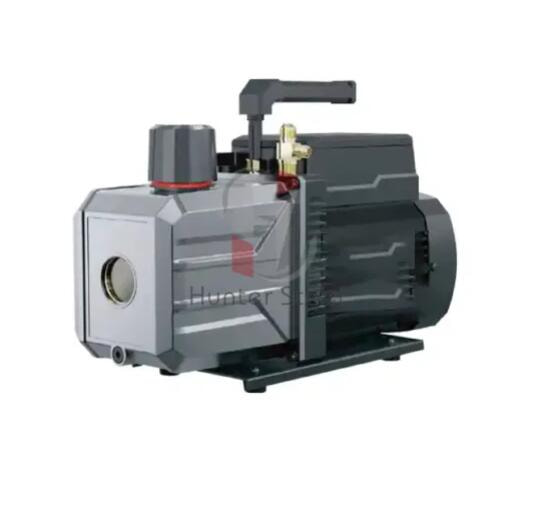What is Basic Knowledge About Pumps?
A pump is a mechanical device used to transport liquids or increase liquid pressure.
Origins and Early Types of Pumps:
The earliest pumps were invented by the Chinese for water supply and were referred to as "water wheels."
Around 300 BC, Archimedes invented the "Archimedean screw pump," a precursor to modern pumps, now often powered by electricity.
Applications of Pumps:
Liquid transfer from low to high-pressure zones.
Lifting liquid from low to high liquid levels.
Transporting liquids over long distances.
Centrifugal Pumps:
One of the fundamental types is the "centrifugal pump."
Operating principle involves liquid rotating with the impeller, experiencing centrifugal force, converting kinetic energy to static pressure.
Impellers:
Core components transferring mechanical energy to the liquid.
Types include open, semi-open, and closed impellers, each suitable for different applications.
Pump Casing:
Collects liquid from the impeller, converting kinetic energy to pressure.
Often features a spiral casing for ease of manufacturing and high efficiency.
Sealing Devices:
Essential to prevent liquid leakage under pressure.
Common types are stuffing box seals (with regular checks) and mechanical seals (not suitable for impure liquids).
Cavitation:
Phenomenon where metal surfaces corrode due to cavity-like erosion when in contact with liquid under high-speed flow and pressure changes.
Key Parameters:
Flow rate (Q), head (H), speed (n), power (P), efficiency (η), and Net Positive Suction Head (NPSH).
Characteristic Curves:
Describe the relationship between performance parameters and include flow rate-head, flow rate-power, flow rate-efficiency, and flow rate-NPSH curves.
Operating Centrifugal Pumps:
Preparation involves checking valves, flange bolts, couplings, and safety devices.
Normal startup includes monitoring current, pump direction, pressure, and gradually opening the outlet valve.
Shutdown procedure includes gradually closing the outlet valve, cutting power, and addressing specific steps for hot oil pumps.
Conclusion:Understanding pump basics, components, and operation is crucial for efficient use. Regular maintenance ensures optimal performance and longevity.


Comments
0